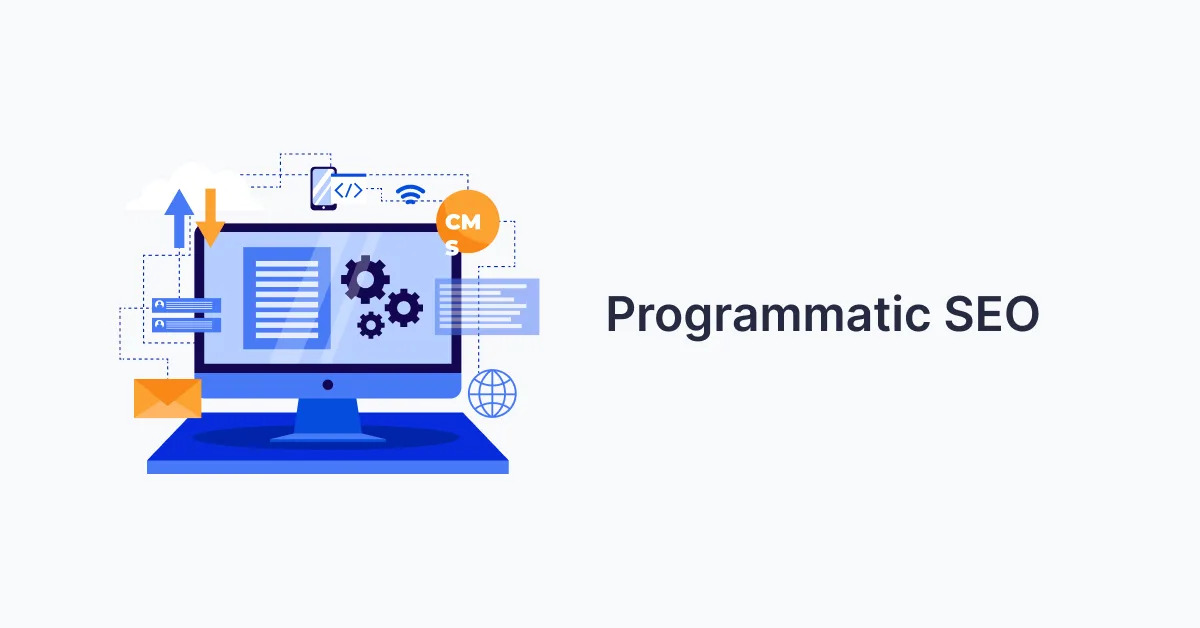
Programmatic SEO is powerful—but it can also be risky if not done right. If your website got deindexed due to programmatic SEO tactics, don’t panic. In this blog, you’ll learn what went wrong, how to fix it, and what strategies to adopt so you bounce back stronger, smarter, and more sustainable.
What is Programmatic SEO?
Programmatic SEO is a scalable content strategy where large volumes of landing pages are created using data and templates. It helps websites rank for hundreds or thousands of long-tail keywords—fast.
But here’s the catch: scale without quality can backfire.
Why Did Google Deindex Sites Using Programmatic SEO?
If Google deindexed your programmatically generated pages, one (or more) of these may be the culprit:
- Thin content with little to no value
- Duplicate or near-duplicate pages across the site
- Overuse of keywords or unnatural templates
- Spammy linking patterns
- No clear human intent targeting
When quality signals drop, Google’s algorithms—or even manual reviewers—may flag your site, resulting in deindexing or ranking drops.
How to Fix Programmatic SEO and Recover from Deindexing
If you’ve been hit, here’s how to bounce back:
1. Audit Your Content at Scale
- Use tools like Screaming Frog, Sitebulb, or Ahrefs to identify thin or repetitive pages.
- Remove, redirect, or rewrite poor-quality URLs.
2. Prioritize Search Intent
- Align every page with real user queries.
- Group pages based on search intent clusters, not just keyword data.
3. Improve Template Quality
- Enhance UX, visuals, and content within templates.
- Add unique elements (testimonials, images, localized info, etc.).
4. Add Internal Linking Logic
- Use smart internal linking to help Google crawl your site and understand the context.
5. Submit for Reconsideration
- After cleanup, use Google Search Console to request a manual review (if needed).
Best Practices for Future Programmatic SEO Campaigns
Follow these rules to keep your site safe and sustainable:
- Focus on value, not just volume.
- Build with E-E-A-T (Experience, Expertise, Authoritativeness, Trustworthiness).
- Always test before scaling.
- Monitor performance via GSC and analytics.
- Keep human editors in the loop for quality checks.
Want Your Programmatic SEO Strategy to Scale Without Penalties?
Let us help you create a smart, scalable, and Google-safe SEO strategy. From template design to keyword strategy and automated content auditing — we cover it all.
Contact us today for a free consultation or SEO audit!
FAQs about Programmatic SEO
Q1: Is programmatic SEO against Google’s guidelines?
Not if done ethically. The key is value. Google penalizes low-quality and mass-generated spammy content.
Q2: How many pages can I create with programmatic SEO?
There’s no fixed limit—but quality must remain consistent across all pages.
Q3: What tools are best for programmatic SEO?
Airtable, Webflow, WordPress, Sheet2Site, and SEO testing tools like Surfer SEO, Ahrefs, and Screaming Frog.
Q4: Can AI help in programmatic SEO?
Yes, but always layer human review to ensure quality and intent alignment.
